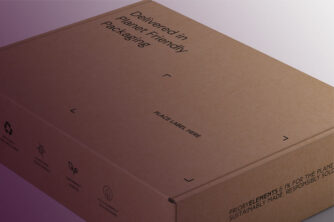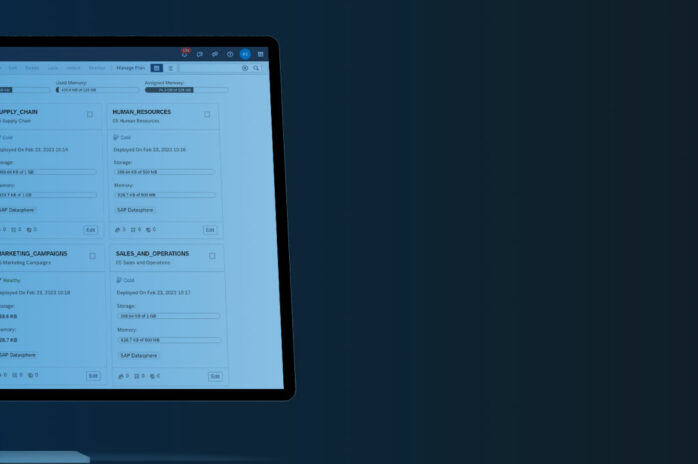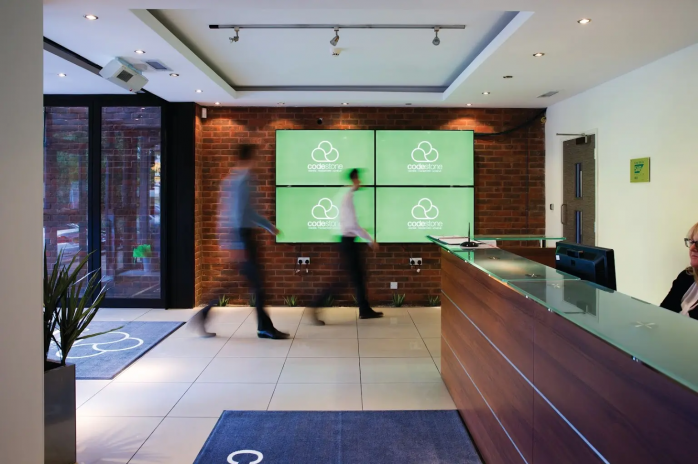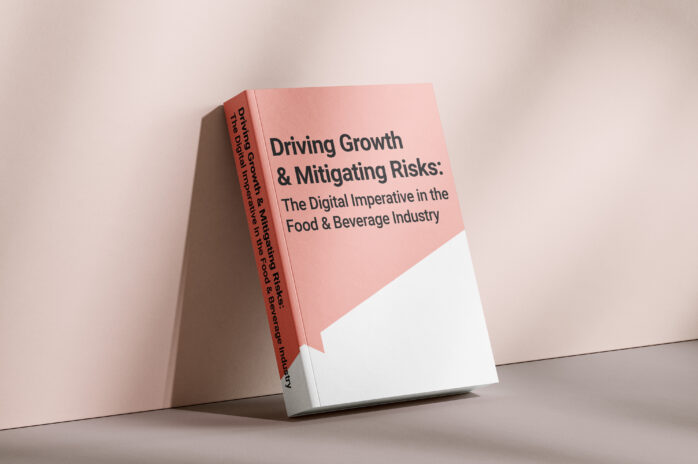We’re not shy about the fact that we like SAP BusinessObjects here at DSCallards. We think it’s one of the best Business Intelligence (BI) platforms available – for several reasons. Primarily though, SAP BusinessObjects stands out from the competition because it provides the platform and tools for the entire process of taking your raw data and turning it into something useful. Other BI tools tend to focus on one or two parts of the process.
If you’ve made it into this blog, then we’ll assume you’ve at least heard of SAP BusinessObjects and have a good idea of its general capabilities. If not, then you should read one of our previous blogs first: SAP BusinessObjects for Dummies. Now we’ve covered that, let’s take a closer look at BusinessObjects and how it can add value to your business.
The Complete Suite
As we’ve already said, we like SAP BusinessObjects so much because it gives you a host of easy-to-use and effective tools to take your raw data and turn it into actionable visualisations. First and foremost, comes accessing and extracting your data. Data Services, Data Integrator and the Information Design Tool can connect to a range of databases, and with some training and experience, skilled users can use these tools to feed into BusinessObjects’ Semantic Layer.
The Semantic Layer, also referred to as the universe concept, ensures that all users access the same versions of data truth. You can create multiple universes or data models, and link multiple sources to each one, enabling you to create as complex a data model as you require. Here’s how it works:
- A universe allows end-users to create visualisations or dashboards from data without having to know the specifics of the database or where the data is stored.
- A universe does not store any data itself, rather it is a metadata layer containing information from the data source, with SQL queries retrieving the actual data.
- This ensures that users creating and accessing visualisations find the self-service aspect as simple to use as possible.
The separation of the data preparation and data reporting functions of BusinessObjects is a key aspect of its design. Generally, these require slightly different skill sets and SAP’s approach allows greater specialisation in each. Those who look after your organisation’s data (usually IT) can exercise greater control over the data models, and those who need to see it in a form they can quickly understand (sales, marketing, operations, etc.) can easily design reports to suit their needs. Although you may have the skills to, there is no need for these functions to cross-over.
Telling Data Stories
SAP BusinessObjects comes with all the BI bells and whistles you would expect from a market-leading platform. The flexible architecture and variety of tools mean it can be made to suit your needs, even if they change. These include:
- Data visualisation tools such as Dashboards
- Analytics and reporting tools Web Intelligence and Crystal Reports
- Data exploration tool Explorer
- And self-service data discovery and visualisation with SAP Lumira
Web Intelligence, Lumira, Crystal Reports and Live Office are all capable of creating engaging visual models of your data. What your data models look like and how you want to share the information will decide which you use.
Although these tools may be quite simple for data or business analysts to navigate, some of them, such as Web Intelligence has formula language and concepts that must be understood before you begin and Lumira boasts CSS and JavaScript capabilities.
Whilst this can seem daunting for brand-new users the greater specialisation and capability we touched on earlier means BusinessObjects can add much more value than all-in-one products. It does require that you either have the capability in-house, get training for it, or engage the services of a specialist or consultant though.
One aspect of data reporting where SAP BusinessObjects regularly stands out from its competitors is its scheduled reporting functionality. This is not unheard of in other platforms but is not common, and on top of the other offerings adds extra value. Recurring schedules for reports can be set-up, with these then either emailed directly to users as PDFs or spreadsheets or sent to a shared folder, negating the need for extra licenses for large organisations.
SAP BusinessObjects is a significant offering. Several tools sit within the two main aspects of the suite, data preparation and data reporting, that will all require varying levels of mastery. With this mastery though comes far greater capabilities for your organisation, as well as greater control over the integrity and distribution of data.
Want to talk to one of our BI Consultants about SAP BusinessObjects? Get in touch.











































































